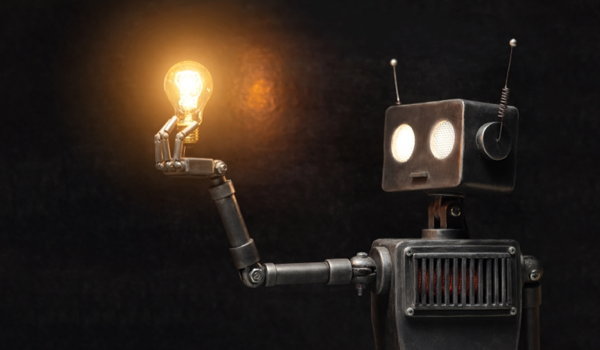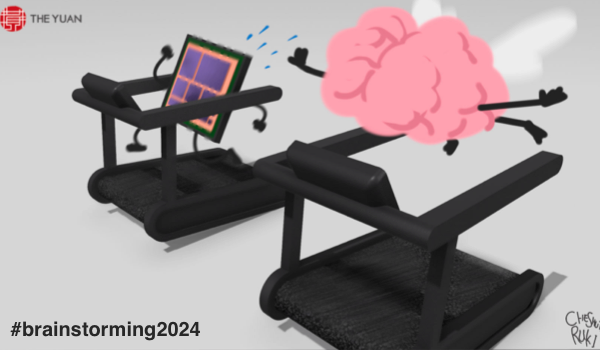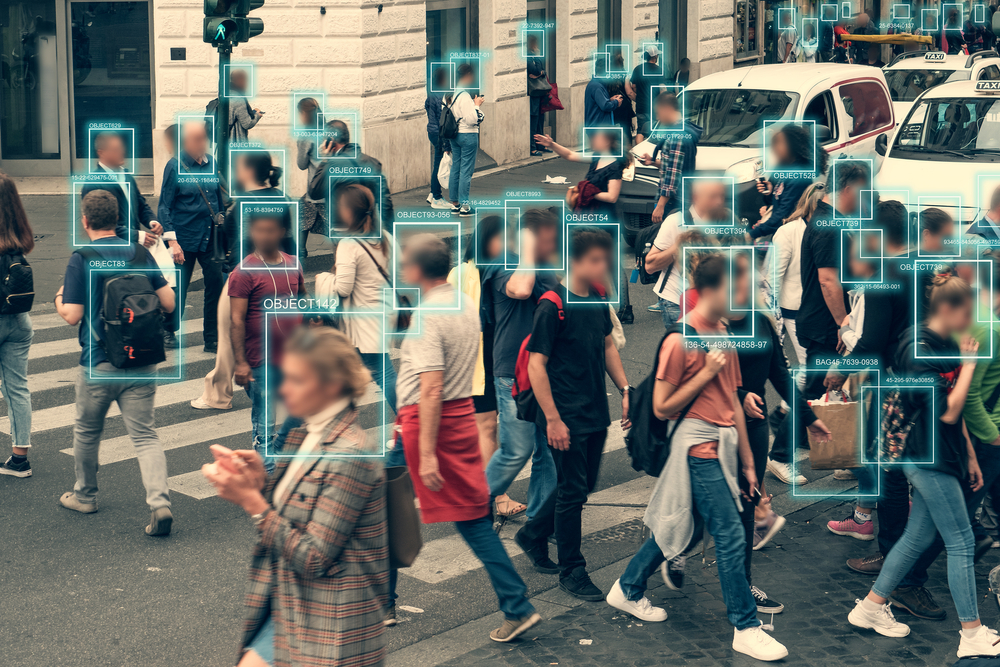

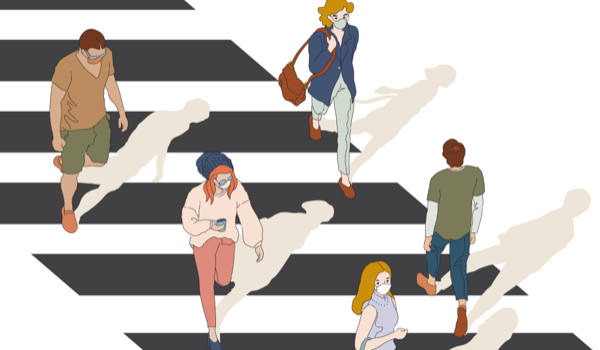
LOS ANGELES - As a public health professional, I am constantly striving to find better ways of protecting, preventing and otherwise mitigating harm to the public. During the last decade in particular, artificial intelligence (AI) has swept in and led to wholesale changes, turning classic public health campaigns on their heads. The tech has revolutionized safety measures across a broad spectrum of public health interests, from accident prevention to sexual health and disease prevention. Detractors might wonder if humanity can in fact rely on AI to, e.g., drive people home or tell them when they are more likely to get pregnant but, despite some disappointments, AI has, on balance, proved fairly worthy of its grand reputation.
AI and other advanced tech have transcended the realm of science fiction to become a driving force in shaping a safer world for humanity. Their applications span virtually every imaginable sector, each contributing uniquely to enhancing human safety. This article will delve into specific examples within each category, illuminating the multifaceted ways in which AI makes people’s lives safer.
Healthcare diagnostics, treatment
The healthcare landscape is more complex than most, yet here AI is making remarkable strides - especially in diagnostics and treatment plans. One of the best examples of this is the application of AI in pathology. PathAI, a startup leveraging machine learning (ML), has developed algorithms able to analyze pathology slides to identify and classify cancerous cells with unprecedented accuracy. This not only expedites the diagnostic process, but also ensures patients receive more targeted and effective treatments.
AI is also moving beyond diagnostics to increasingly integrate into treatment-related decision-making. IBM's
The content herein is subject to copyright by The Yuan. All rights reserved. The content of the services is owned or licensed to The Yuan. Such content from The Yuan may be shared and reprinted but must clearly identify The Yuan as its original source. Content from a third-party copyright holder identified in the copyright notice contained in such third party’s content appearing in The Yuan must likewise be clearly labeled as such. Continue with Linkedin
Continue with Linkedin
 Continue with Google
Continue with Google

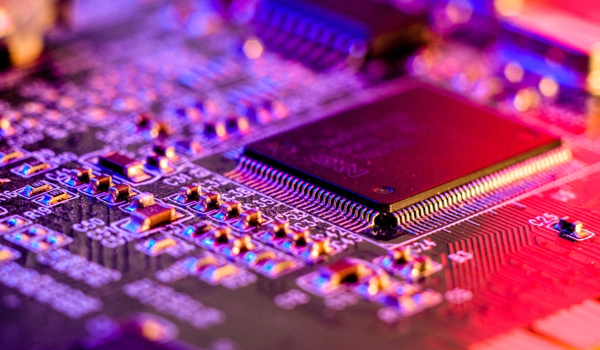







 919 views
919 views






